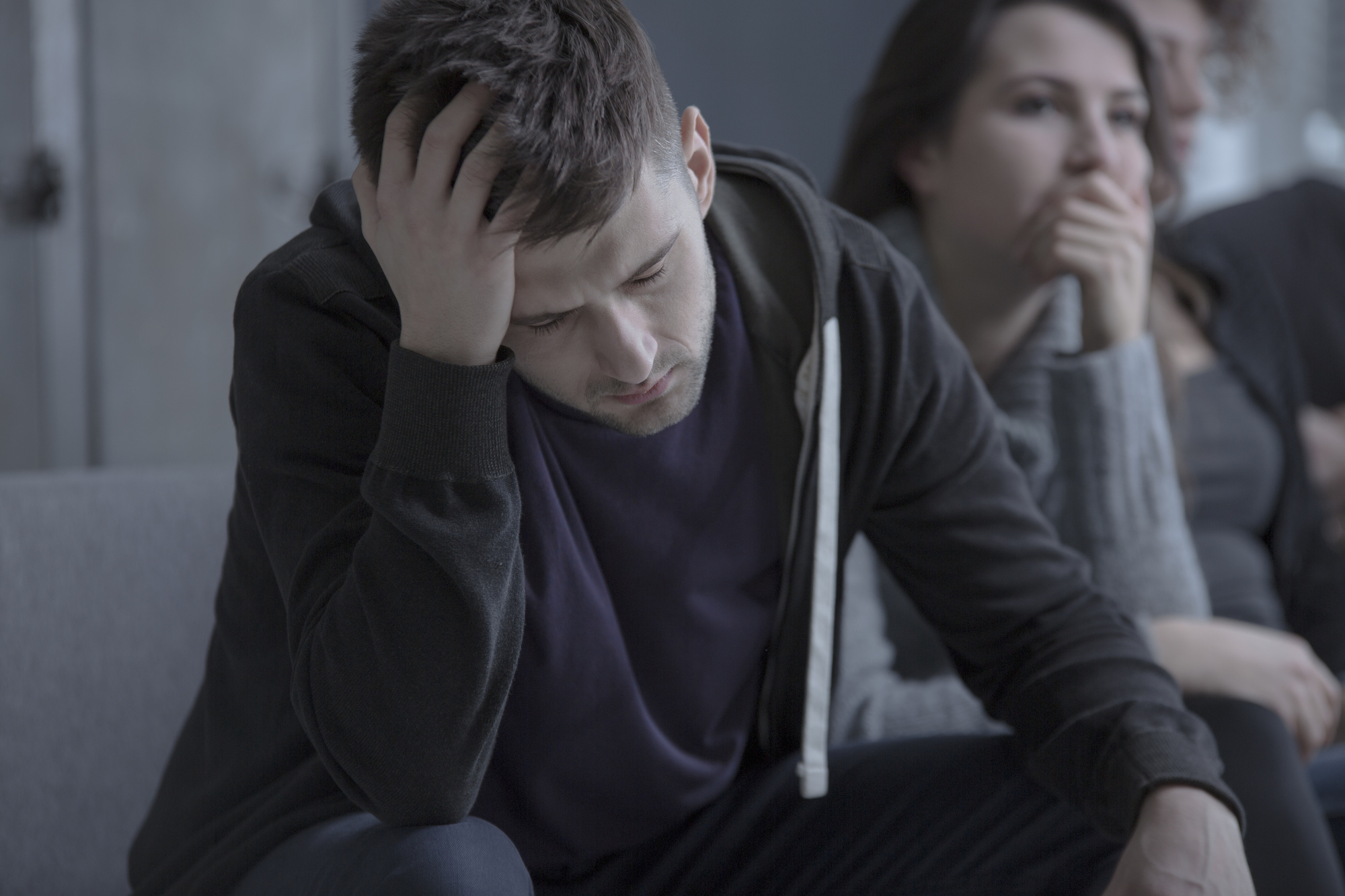Cocaine Addiction is a highly potent substance that has been glamorized for decades as being a party drug, mainly because it makes users feel “larger than life” in social situations. Being the center of attention or enjoying popularity may seem like an attractive incentive for taking cocaine but the risks are significant and can include death. According to a study of cocaine rehabilitation centers, the substance is one of the most common people are treated for in America today.
Cocaine is so addictive because it is fast-acting, creating euphoric sensations in the brain. Users are often so impressed by the effects of taking cocaine for the first time that they can quickly become dependent on the substance to give them an extra energy boost at work or extra confidence in social situations. Because the high cocaine creates lasts only around thirty minutes, users find themselves reaching for more. Often alcohol is involved in the mix, which can actually combine with cocaine to produce toxins in the body that are extremely dangerous.
Another reason cocaine is highly addictive is because the intense “down” users feel when the drug wears off. The crashing depression some feel can be so intense as to “force” them to use again to buoy themselves up again. The extreme mood swings cocaine produces through its influence on the brain’s neurotransmitters can cause significant psychological damage, making cocaine addiction particularly complex to treat.
Symptoms of Addiction to Cocaine:
It is more common to notice a change in behavior in a person abusing cocaine than it is to see physical signs. When someone is in a pattern of abusing cocaine despite the harm it is doing in their lives, it is a clear sign they no longer have control over when they use.
The following are some typical signs of addiction to cocaine:
- The person uses more cocaine than they planned to
- They drop out of family or work commitments in favor of using
- Intense feelings of guilt emerge after using the substance
- Financial difficulties result from continued cocaine use
- A developing preoccupation with buying and using cocaine
- Depression, anxiety, and paranoia
- Lying about how much or often cocaine is used when confronted
- Sluggishness and extreme aggression when not using
How Is Cocaine Addiction Treated?
There are several different approaches to treating cocaine addiction including those with holistic components that work in combination with intensive counseling. Unlike other substances, cocaine addicts don’t necessarily have to go through detox although they are recommended to be supervised through withdrawal when they decide to quit. Just as cocaine is fast-acting, its influence is quick to leave the body and the bulk of the damage done is likely to be more emotional and psychological than physical. That said, prolonged use of cocaine can lead to serious health conditions and potentially death depending on how the drug is taken.
A major danger of cocaine is that it is manufactured in illegal labs that are unlikely to be sterile and then cut with other substances to boost the dealer’s profit margin. This means it is possible to have a potentially fatal reaction to taking cocaine. There are almost one million Americans abusing cocaine at the current time. Nevertheless, treatment for all types of cocaine addiction has been shown to be highly effective in restoring balance in a person’s life, particularly when a holistic recovery path is chosen.
Residential Cocaine Rehab Is Recommended:
With a drug as powerfully addictive as cocaine, it is always recommended people seek specialist rehab and aftercare drug treatment, especially if they have developed serious problems. When people start using cocaine, they often find themselves moving in different circles and going to different places where drug use is considered the norm.
This can lead to people being enabled to continue abusing cocaine because they lose their sense of perspective about what is normal and what is not when in drug-taking environments. Peer pressure also comes into play as others encourage cocaine use by indulging in it themselves.
The fact is that users can never be sure they are buying cocaine that hasn’t been mixed with detergent, talcum powder, baking soda; or worse. Every time an individual uses cocaine they are throwing the dice on their future and every year, more and more people run out of luck.
Cocaine rehabilitation centers take people out of their home environments so that they are able to immerse themselves in their healing. Although it may not be practical for everyone to dedicate three months of their time to get better, the rewards of being rehabilitated from a crippling cocaine addiction are infinite. Cocaine rehabilitation centers are considered preferable for cocaine users not only because it provides a drug-free environment where they won’t be enabled to use by others but also because aftercare is often provided as extra support for the rest of their lives in recovery.
How Holistic Therapies Are Effective in Treating Cocaine Addiction:
Cocaine has particularly damaging effects on a person’s state of mind because of the way it interrupts natural brain function and because holistic therapies focus on a person’s overall well-being, they are effective in treating this type of substance abuse. The main challenge faced by individuals in cocaine rehab centers is addressing the root causes that caused them to form an addiction the substance in the first place. For example, the person seeking a confidence boost to make them a party animal may have self-esteem issues or an underlying mental illness.
It is always important to assess each individual entering holistic cocaine rehabilitation centers to determine the most appropriate therapeutic approach to their treatment. Holistic therapies including meditation, yoga, massage therapy, experiential treatments, aromatherapy, nutritional awareness, and aftercare drug treatment have all been shown to be extremely effective in promoting long-term recovery. Essential coping mechanisms can also be learned in holistic cocaine rehab centers that provide recovering addicts with an arsenal of tools to maintain their sobriety.
Read Also:






















